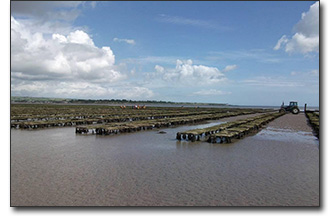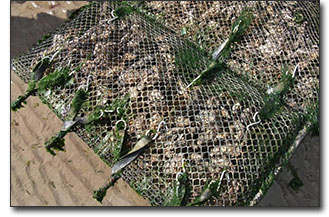Sent from my MetroPCS 4G Wireless Phone
-------- Original message --------
From: American Bird Conservancy <info@abcbirds.org>
Date:09/14/2016 5:00 PM (GMT-05:00)
To: Peter Dorosh <prosbird@aol.com>
Cc:
Subject: Take Action, New York: Say No to Gauntlet of Turbines on Lake Ontario
 |

| | When it comes to wind energy and wildlife, siting is everything. Right now, a disaster is in the making on the south shore of Lake Ontario in New York, where – if plans proceed – millions of birds will be threatened by a gauntlet of up to 71 turbines, each up to 620 feet tall. Recent studies show that the routes used by migrating birds for millennia will put them squarely in the danger zone of these turbines. Many of the species that will be put at risk are becoming rare, like Rusty Blackbird and Short-eared Owl. Can we risk putting deadly obstacles in their way? Renewable energy is important in the fight against climate change, but proper siting is essential to avoid needless mortality of wildlife. Tell your government officials that the shoreline of Lake Ontario is NOT the place for large-scale, industrial wind energy. Thank you! 
|  |
|
Donate | ABC Action Alerts
|
| |
| American Bird Conservancy | P.O. Box 249 | The Plains, VA 20198 | 888-247-3624 |
| Subscribe | Unsubscribe |



